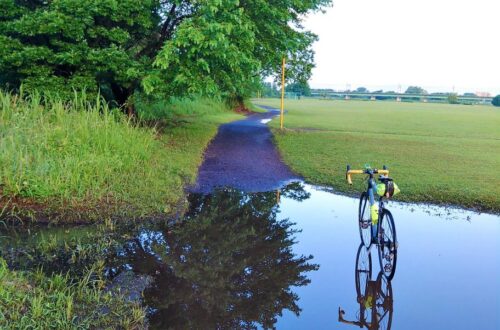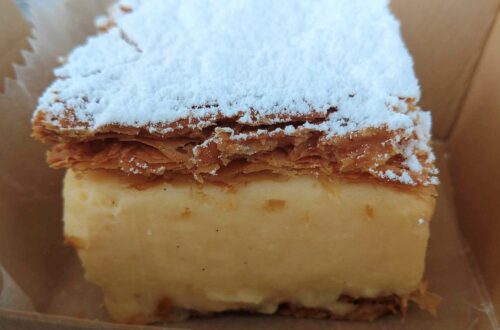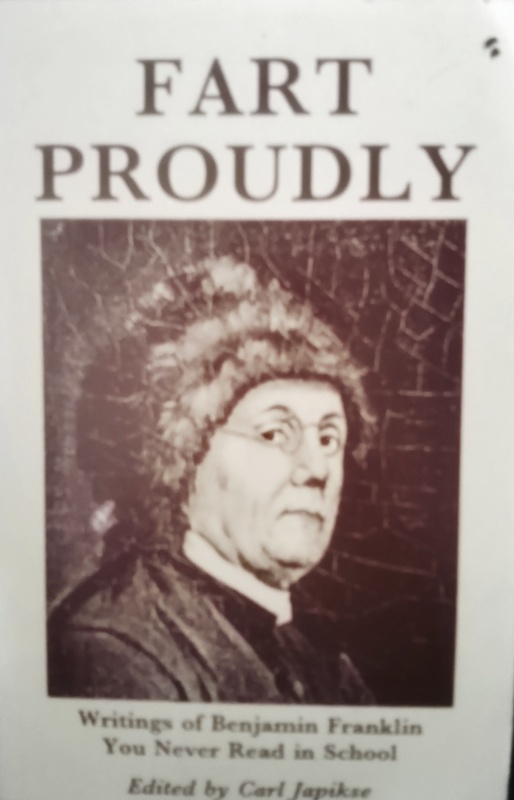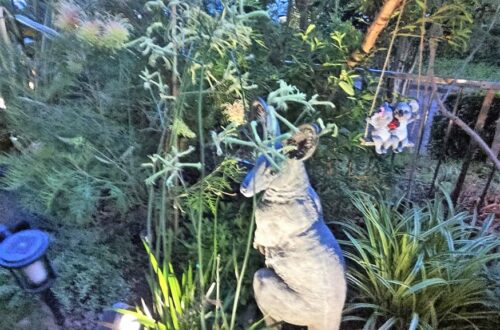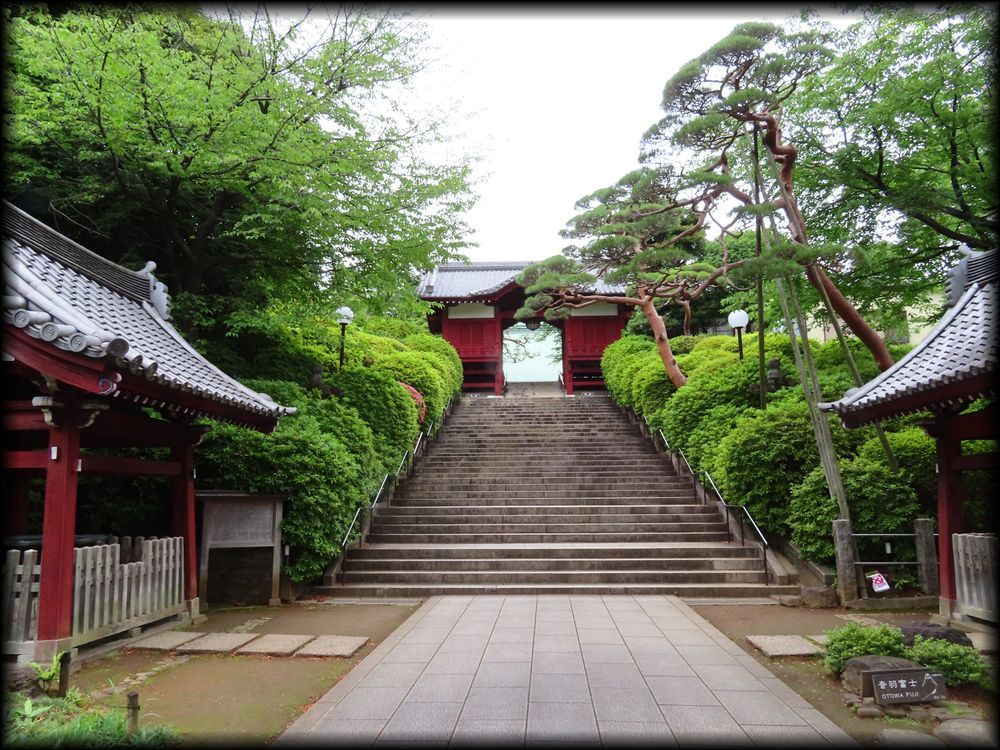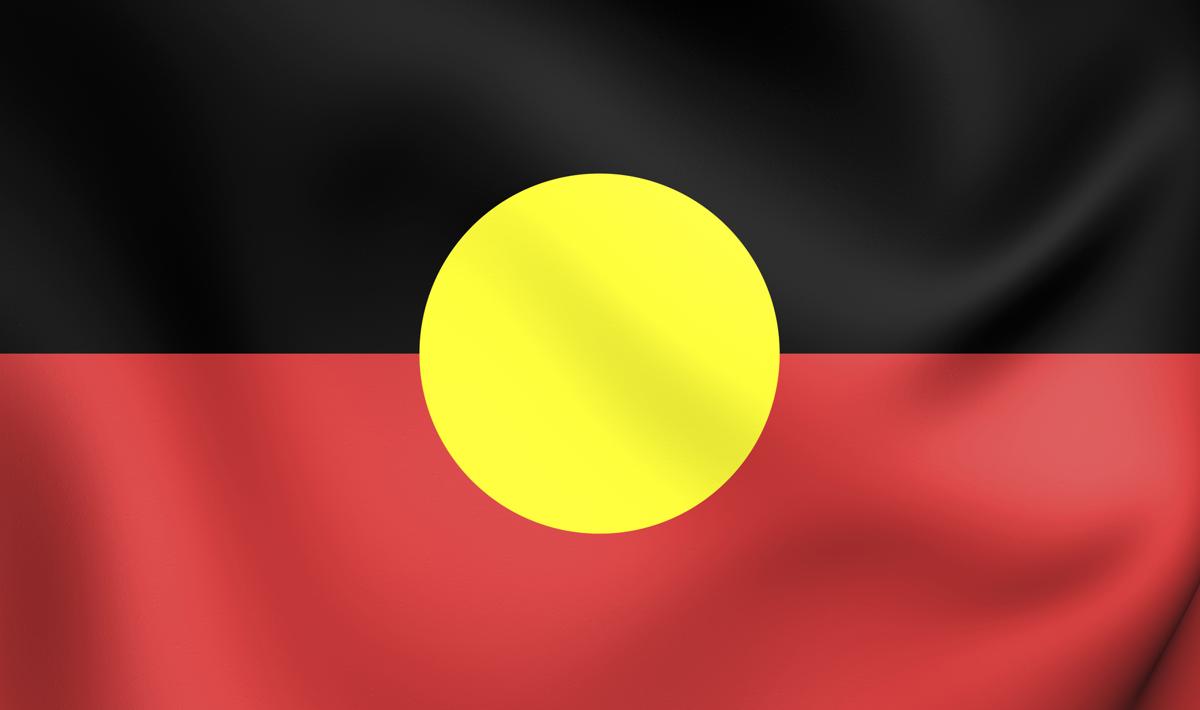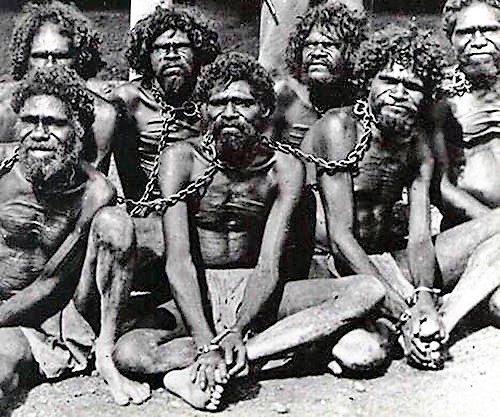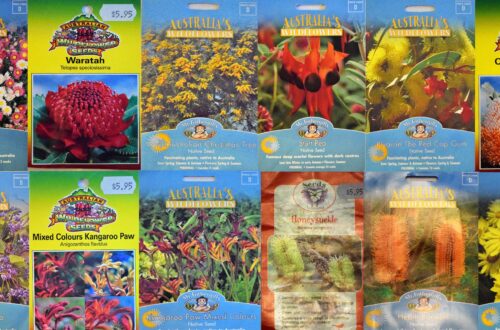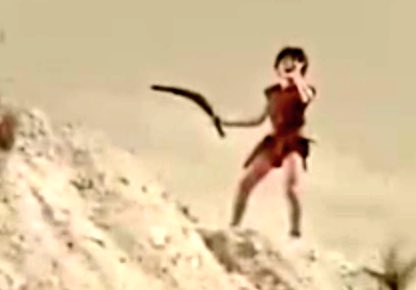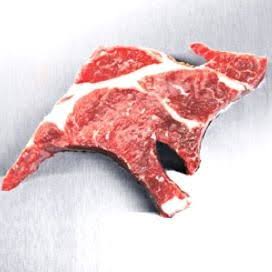Barry Humphries, the creator of characters such as Dame Edna Everage – the Moonee Ponds housewife famous for her flamboyance and shouted greeting of “Hello Possums” – Sir Les Patterson and Sandy Stone, and himself an entertainer and icon of Straya in many parts of the world, has passed away. Humphries died aged 89 on Saturday following complications from a recent hip surgery. Personally, I wasn’t a great fan of the Moonee Ponds housewife — Dame Edna Average is my name for her — but she had her moments and was a wonderful example of Humphries’ acerbic, anti-Establishment wit that…
-
-
Despite the best intentions, the weekend was a bit of a write-off, and apart from a brief interlude with an old mate to tell each other bawdy tales about breaking wind, the rest of the time was more about flat than flatulence. My mate, an 83-year-old American, and I have been friends for decades, the first half of our friendship being spent working together. We have often shared jokes about farts and farting and inspired each other to buy fart machines. In my wayward youth, I once propped a blow-up love doll in our boss’s seat with a remote-controlled fart…
-
考えRooがオーストラリアについてプレゼンをしましたので、その内容が以下の通りとなりました。コメントなどをぜひ送ってください。 今のオーストラリアの概要 * オーストラリアはラテン語で「南大陸」という意味 * 本土に加えてタスマニア島を含め数多くの島々で構成、面積はおよそ770万㎢であり、日本の約25倍ある * GDPが世界19位、一人当たりのGDPは世界9位 * 人口が2500万人弱、日本の約5分の1 * 住民の80%以上がヨーロッパ系の白人であり、その他にアジア人が約12%、先住民などが約2% * ヨーロッパ人在住が1788年から始まり、イギリスの刑務植民地として開拓された * 当時、イギリス法はオーストラリアを「無人」扱いだったが、先住民がそこですでに数万年間住んでいた オーストラリア先住民 * 昔、「アボリジニ 」として呼ばれた * まだ使われているが、「土人」という意味なので「先住民」、「原住民」、「ファースト・ネーションズ」や特定部族名を使うことが主流 * 先住民の定義は、植民地化以前にトレス海峡諸島民を含めてオーストラリア大陸及び周辺諸島に移住した人の子孫 * 現在、援助対象の場合を除き「先住民」認可は基本的に自己申告 * 植民地化当時人口が約300万人とされているが、今の先住民人口は約65万人であり、全体のおよそ2.8% ドリーミング * 先住民の宗教にあたるのは「ドリーミング、夢の時」 * 個人のすべての過去と現在と未来がつながっていると信じる * 各個人のドリーミングが違い、独特なものである * 部族の象徴でも、習慣でもドリーミングになる * 全ての知識が先祖から集まると信じる * 死後、名前を使用することが禁じられている * 死後、再び土と一緒になると信じる * 宗教同様、多くの神話が部族によって異なった * 共通神話が「虹蛇」 * 虹蛇が創造神話の中心となっている、世界を創ったとされている * 全てのものが土と一緒になるため聖地が多い * 有名な例がウルル(エアーズロック)。聖地であるため、最近、2019年から登山禁止されることが発表 コロボリー * 踊り、音楽、仮装でドリーミングと交流する儀式 * 参加者が体に絵を描く * 原則として誰でも参加できるが女性などが禁止されたコロボリーもあった アボリジナル旗 * アボリジナル旗は先住民族の旗であり、オーストラリアの公式な国旗の一つ * 1971年にハロールド・トーマス(Harold Thomas)によってデザインされた * 黒は、先住民族の黒い肌の色を表す * 赤はオーストラリアの土の色であり、過去も未来を表す * 黄色い丸は生命源である太陽を表す 先住民部族 * 元々先住民は600以上の部族があった * 各部族に特有文化及び言語があった * 先住民言語の多くは絶滅したが、未だに120種類以上が使われている * ほとんどの先住民が英語を母国語としている * オーストラリア・アボリジニ英語が出来た 世界最長継続文化 * 先住民がオーストラリア到来以降狩猟採集社会となった * 未だに狩猟採集社会が北部のアーネム半島を中心に継続している * 継続している文化で世界で最も最長となっている * 最後の未接触部族が1984年にオーストラリア中央部にて発見された * 先住民のほとんどが遊牧民族 * ほんの一部を除けば、入植当時農業がほとんどなかった * 「領土」の感覚がなくて、部族の行動範囲がだいたい決まっても「所有」という感覚がなかった * 部族内戦争が多発したが、目的が主に限られた食資源と部族外女性を取るため…
-
Back in the early ’80s Australia did not command a great deal of attention in Japan (to be honest, it still doesn’t command that great a presence to this day…) Things changed, however, with the launch of Lucy-May of the Southern Rainbow. Lucy-May of the Southern Rainbow was an anime by Nippon Animation that aired weekly from January 10 to December 26, 1982. The cartoon told the story of Lucy-May Popple and her family, who had emigrated from Yorkshire to live in Adelaide, Australia. The story was based on a book called Southern Rainbow by Australian author Phyllis Piddington. The…
-
オーストラリア人コメディアンオーステン・テーシャス氏*が1983年豪州象徴的なものや地名などのごろ合わせによって詩「Australiana」で全国一世風靡し、No. 1ヒットとなった。かなりやばい言葉使いであり、色な所で放送禁止となった。 1月26日建国近年日にあたる「Australia Day」にちなんで、下記再現する。お楽しみ。 Australiana Sittin’ at home last Sunday mornin’ me mate Boomer rang (boomerang). Said he was havin’ a few people around for a barbie, Said he might cook a burra (kookaburra) or two. I said, “Sounds great, will Walla be (wallaby) there?” He said “Yeah and Veggie might (Vegemite) come too”. So I said to the wife “Do you wanna Go Anna (goanna)?”. She said “I’ll go if Din goes (dingoes).” So I said “What’ll (wattle) we do about Nulla?” He said “Nulla bores (Nullarbor) me to tears, leave him at home.” We got to the party…
-
伝説的なオーストラリア人であるロルフ・ハリス氏が6日再びイギリスで性的虐待容疑で逮捕されたが、多くの人がその83歳になる主に英国で活躍した芸能人がしたとされていることを信じていない。 オーストラリア・イギリス両国だれでも知っているハリス氏は、1950年代から始まった歌や描きなど子供を中心に行なったパフォーマンスが暖かい思い出となっている。ハリス氏の面白い歌の特徴が「Tie me Kangaroo Down, Sport」のようなオーストラリアがテーマである上、ディジェリドゥやご自身発明のウォッブル・ボードを使うことだった。 まだ現役パフォーマーとは言え、ハリス氏が最後に大ヒットしたのは1993年発表したレッド・ツェップリンの「Stairway to Heaven」を自分風にカバーして英国、豪州、他No.1となった。(その後、ツェップリンのロバート・プラント氏とジミー・ページ氏が恩返し<?>としてハリス氏曲をカバー版出した、、、。) 実は、ハリス氏がこの曲を作ったのは、「The Money or the Gun」というクラシックオージーテレビ番組のためだった。その番組は1988年から1990年の間に上映され、番組の一コーナーが色々なミュージックのジャンルによって同曲を弾く。ハリス氏の他の例としてビートルズ風かゴスペルやオペラ。以下が各種の「Stairway to Heaven」やその詳細。ツェップリンのファンが見逃せない内容だ! Rolf Harris – Stairway to Heaven (豪風コメディ版) Leonard Teale – Stairway to Heaven (ドラマ風の詩) Stairway to Heaven (オペラ版) Stairway to Heaven (フェム・ファテレ版) Stairway to Heaven (ドアーズ風版) Stairway to Heaven (B-52s風版) Stairway to Heaven (プレスリー版) Stairway to Heaven (ビートルズ風版) Stairway to Heaven (レゲエ版) Stairway to Heaven (スイング版) Stairway to Heaven (パンク版) Stairway to Heaven (歌謡曲風版) Stairway to Heaven (ラウンジ・ミュージック風版版) Stairway to Heaven (ア・カペラ版) Stairway to Heaven (ワイルドなコメディ版) Stairway to Heaven (テレビCMのBGM風版) Stairway to Heaven (ファンク風版) Stairway to Heaven (ゴスペル風版) Stairway to Heaven (ブロードウェイ・シアター風版) Stairway to…
-
今月また来日するハリウッド大スタージョニー・デップ氏がちょこちょこ日本に来ることにも関わらず、オーストラリアとあまり縁がない。 Hollywood heartthrob Johnny Depp is a regular visitor to Japan, and is due to return again later this month, but he hasn’t shown his face so often in Australia. 初回オーストラリアに訪問したのが1988年「21ジャンプ・ストリート」出演する時の同番組PR訪問。 His first visit Down Under was way back in 1988, when he made a whirlwind trip to promote 21 Jump Street, the show he was then appearing in. それに伴った当時オーストラリアで最も人気だったテレビ番組Hey, Hey It’s Saturdayのセグメントに出た。同番組が1998年6月25日に上映し、後で世界的に大スターとなるカイリー・ミノーグ氏妹ダニー・ミノーグ氏を一緒に出演する。 番組終了出国後、「アリス・イン・ワンダーランド」に纏わる訪問で2010年まで再びオーストラリアに行くことがなかった。 Depp appeared on the Red Faces segment of Hey, Hey It’s Saturday, then Australia’s most popular program. He appeared on the program with Dannii Minogue, then perhaps better known in Australia than her soon to be…
-
Kaura no Hancho Kaigi (Honchos’ Meeting in Cowra) superbly dramatizes events surrounding a definitive incident in Australia-Japan relations. The play being performed by the Rinkogun theater group daily until March 24 (with two shows on March 19 and 21) centers on the Cowra Breakout, an attempted escape by about 550 Japanese prisoners of war being held in an Australian POW camp in August 1944. Interwoven with the action surrounding the decision to rebel and attempt to escape or die trying by a group of men whose own homeland had effectively killed them by bureaucracy and cultural manipulation is a tale…
-
豪ノーザン・テリトリー州にある重要な自然遺産として認められつつあった有名なユーカリ林がこの頃放火で全焼された、と豪各大手マスコミ社が4日付報道した。 Ghost gums on the verge of being recognized as part of the Northern Territory’s heritage have been destroyed by arson, according to various mainstream Australian media reports on Jan. 4. このユーカリ林はゴースト・ガムと呼ばれている木であり、初めて国際的に認められ有名となった豪先住民画家故アルバート・ナマトジラ氏が描いた木だった。 These eucalyptus trees had come to prominence after being painted by Albert Namatjira, the first indigenous Australian artist to achieve widespread global recognition. 焼かれた林は、同州自然文化財を認可する寸前だったようだが、この数日間以内に放火された。動機など同州当局が捜査中だという。 The torched trees were apparently about to be recognized as an important part of the state’s heritage, but were burned to the ground some days ago. Northern Territory authorities are investigating the motives into the arson attack. ナマトジラ氏が活躍した時代オーストラリアが先住民を「国民」として認めていなかったが、描いたオーストラリアの風景が世界中に高く評価された。同氏の絵にはこのゴースト・ガムが主体となったものが多かった。 Namatjira was active and his work…
